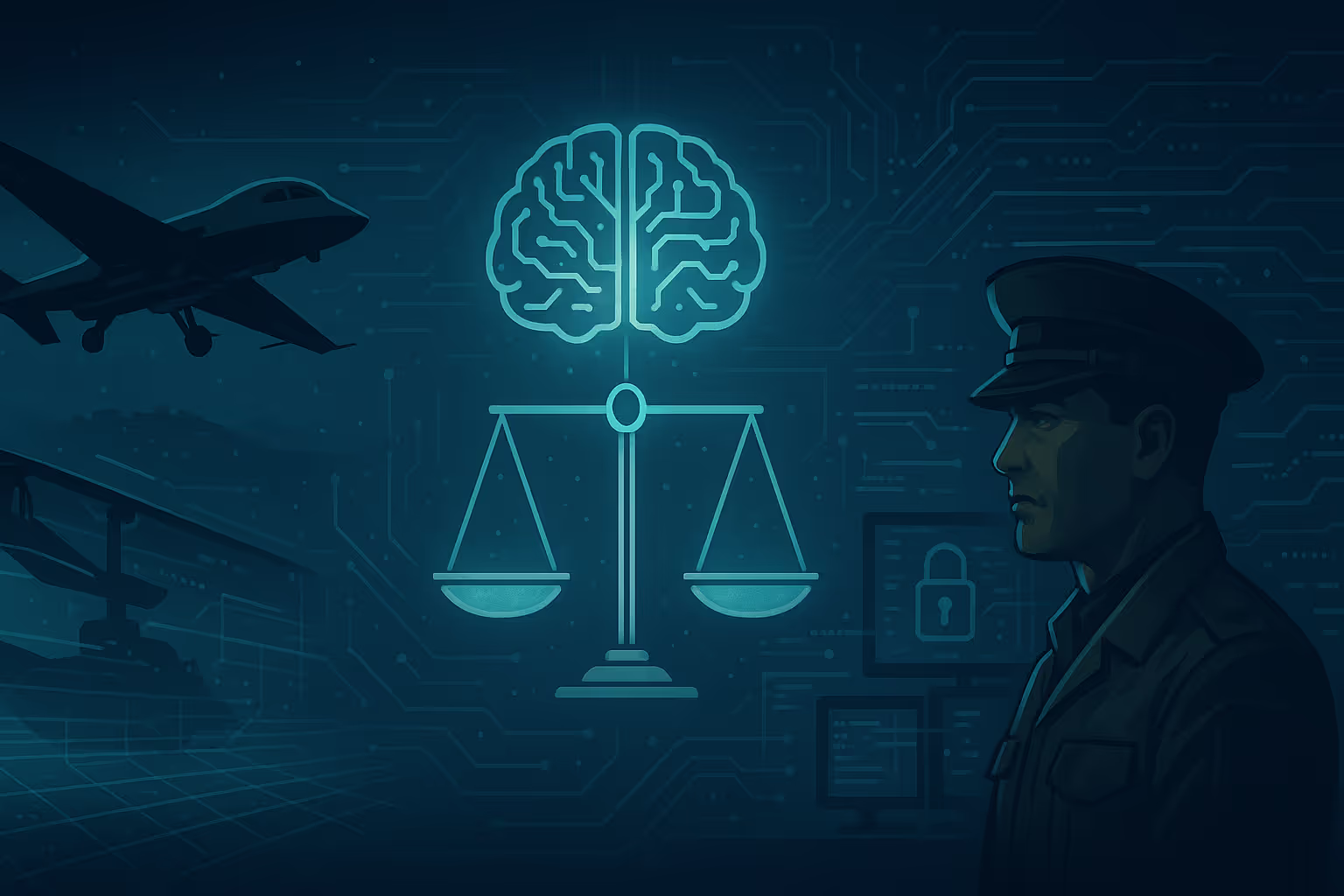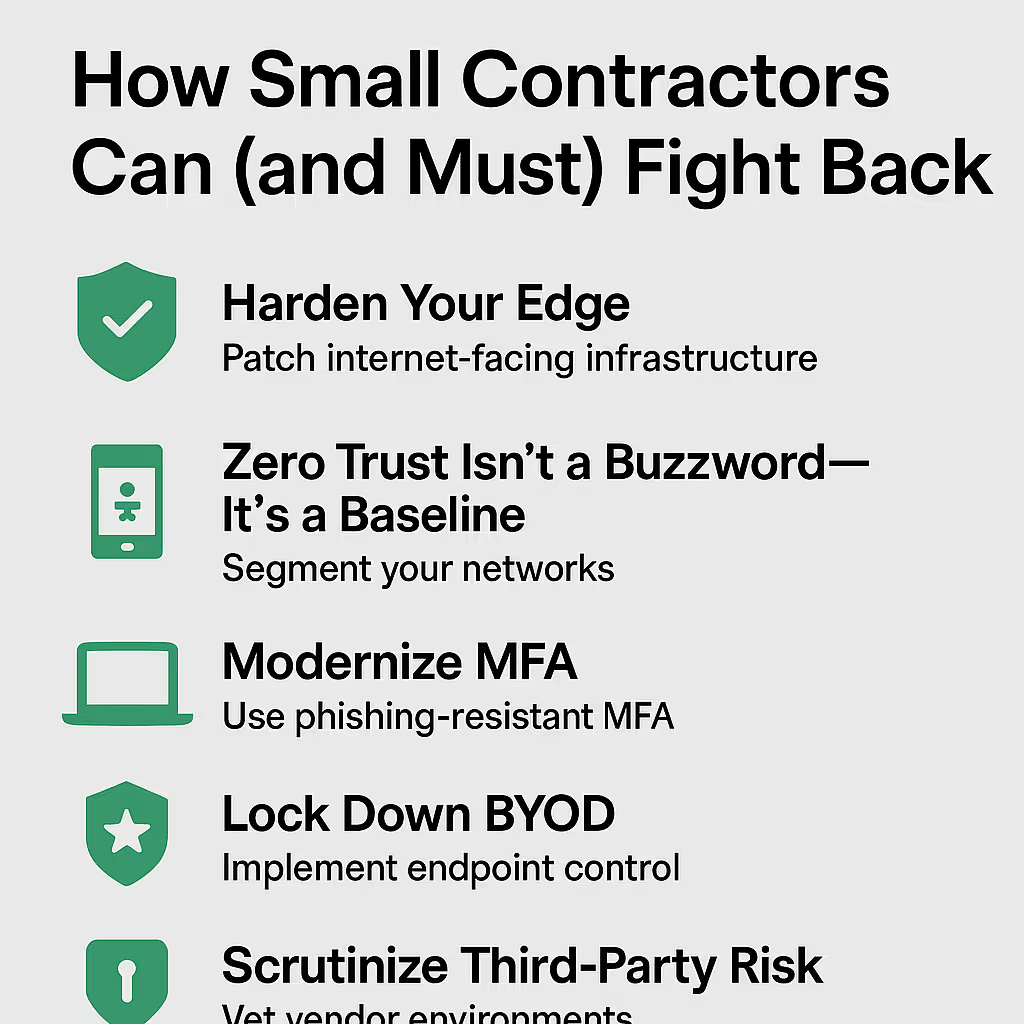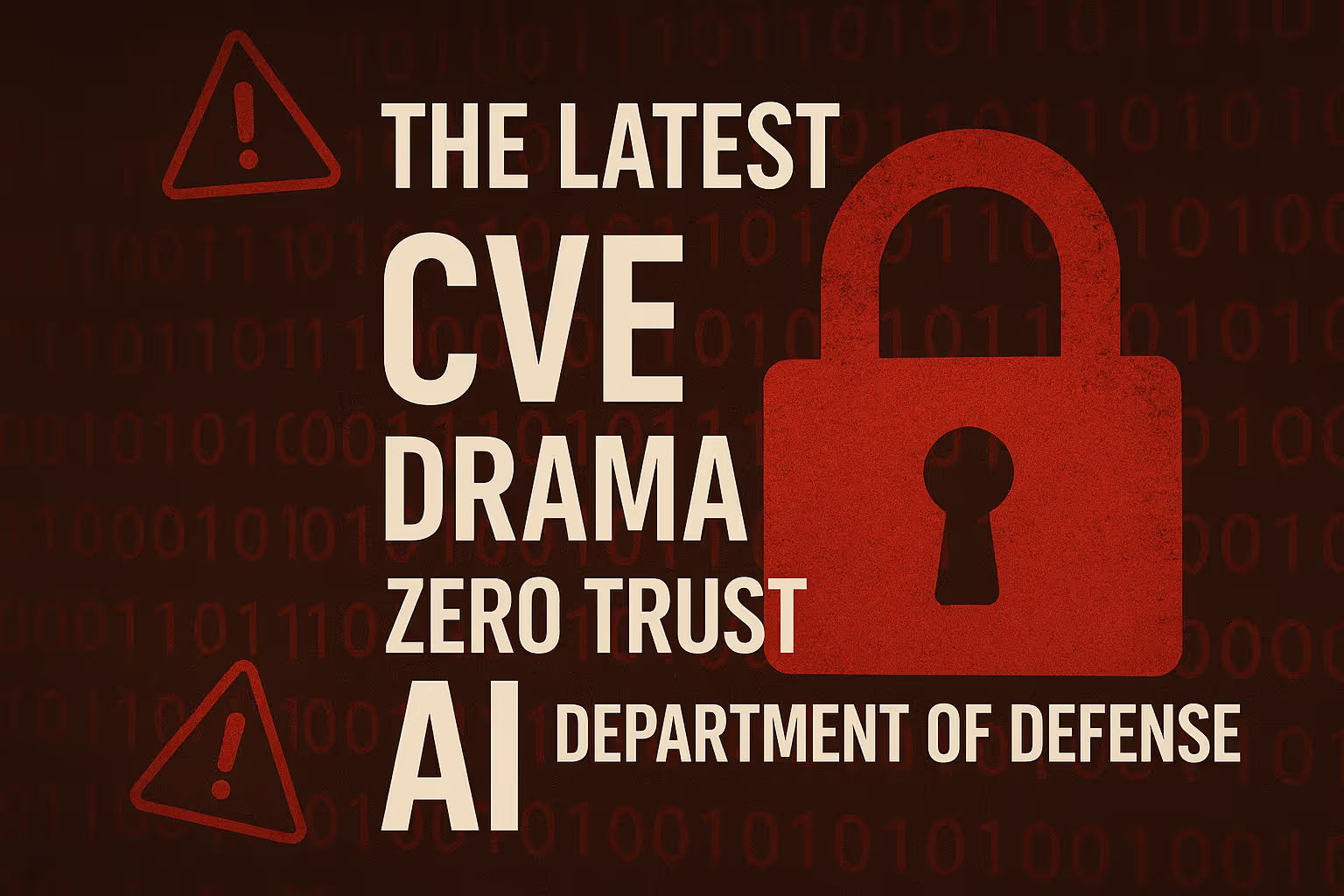Lessons from the Nuclear Weapons Agency Breach

.avif)
Executive summary
The July 2025 compromise of the U.S. National Nuclear Security Administration (NNSA) via an unpatched Microsoft SharePoint vulnerability is a decisive reminder that modern enterprise software has become critical infrastructure. Three China‑linked threat groups weaponized the “ToolShell” exploit within weeks of public disclosure, penetrating multiple government and critical‑industry networks. The incident highlights a widening gap between adversary operational tempo and the federal patch‑to‑protect cycle.
Strategic observations for cyber defense leaders
Enterprise collaboration suites are Tier‑1 targets
Impact: Platforms such as SharePoint, Exchange, and Confluence connect mission, contractor, and public networks, offering attackers single‑pivot access to credentials and data.
Action Item: Treat these systems as high‑value assets, with continuous hardening, attack‑path mapping, and real‑time telemetry.
Exploit weaponization is now measured in days
Impact: Proof‑of‑concept code for ToolShell moved from conference disclosure to live nation‑state campaigns in under a month.
Action Item: Replace calendar‑driven patching with threat‑informed SLAs that weight mission impact, exploit maturity, and adversary interest.
Vendor security is a national‑level dependency
Impact: Incomplete patches and opaque advisories expose the federal supply chain to cascading risk.
Imperative: Embed secure‑by‑design clauses in contracts, require SBOMs, and enforce divulgence of compensating controls when fixes are partial.
Unclassified does not mean low risk
Impact: Attackers routinely stage from unclassified enclaves to reach sensitive missions.
Imperative: Apply zero‑trust segmentation and continuous identity validation across every enclave, regardless of classification.
Incident synopsis
Vector: deserialization flaw in on‑premises SharePoint Server that enabled remote code execution and lateral movement.
Threat actors:Linen Typhoon, Violet Typhoon, and Storm‑2603.
Victims: Over 400organizations, including U.S. federal agencies like the National Nuclear Security Administration (NNSA) and the Department of Energy.
Operational recommendations for federal contractors
Prioritize threat‑informed vulnerability management: CVSS with exploit ubiquity, actor interest, and mission criticality to drive patch sequencing.
Adopt micro‑segmentation and identity‑centric access: Limit east‑west movement and bind privileges to continuous behavioral authentication.
Conduct red‑team and purple‑team exercises that mirror ToolShell tactics: Stress detection and response under realistic dwell‑time assumptions.
Elevate vendor accountability: Demand transparent remediation timelines, validated mitigations, and contractual penalties for security regressions.
Engineer for mission resilience, not mere compliance: Design processes and architectures that maintain essential functions during cyber attrition, including degraded‑mode operations and validated data‑integrity checkpoints.
Adapt Forward’s Take
The ToolShell campaign is not an isolated event; it’s a proof point that adversaries view ubiquitous enterprise platforms as strategic footholds. Threat emulation exercises should mirror real-world scenarios, using tactics seen in incidents like “ToolShell”to evaluate detection and response capabilities under pressure. A layered defense model, built on micro-segmentation, continuous authentication, and zerotrust principles, is critical for limiting adversary movement once a foothold is gained. True resilience goes beyond regulatory compliance. It involves designing systems and teams to maintain operational continuity during cyber disruption, ensuring that mission-critical functions can persist even when under attack.
References
Microsoft ThreatIntelligence. (2025, July 22). Disrupting active exploitation of on‑premises SharePoint vulnerabilities. MicrosoftSecurity Blog. https://www.microsoft.com/en-us/security/blog/2025/07/22/disrupting-active-exploitation-of-on-premises-sharepoint-vulnerabilities/.
Menn, J. (2025, July 22).Microsoft knew of SharePoint security flaw but failed to effectively patch it, timeline shows. Reuters. https://www.reuters.com/sustainability/boards-policy-regulation/microsoft-knew-sharepoint-server-exploit-failed-effectively-patch-it-2025-07-22/.
ReutersStaff. (2025, July 23). US nuclear weapons agency breached inMicrosoft SharePoint hack, Bloomberg News reports. Reuters. https://www.reuters.com/world/us/us-nuclear-weapons-agency-breached-microsoft-sharepoint-hack-bloomberg-news-2025-07-23/.
Sakellariadis, J. (2025, July 22).China behind vast global hack involving multiple US agencies.POLITICO. https://www.politico.com/news/2025/07/22/microsoft-sharepoint-hack-china-federal-agencies-00467254.
.avif)
.avif)
RELATED POSTS

Mike Small Returns to Adapt Forward
Micheal Small as attack sensing and warning (AS&W) technical lead. A retired Army veteran and accomplished cyber professional, Small brings more than two decades of experience leading offensive and defensive operations across military, intelligence, and commercial cyber domains.

AI in the Defense Sector: Balancing Innovation with Operational Risk
A thought piece that discusses upcoming challenges of AI in the Defense Sector

Employee Spotlight: Joe Fulco Wins NCMS Society Award – Again!
Employee Spotlight: Joe Fulco has once again been honored with the prestigious NCMS Society Award, recognizing his outstanding contributions to the field of National Industrial Security.

Mike Small Returns to Adapt Forward
Micheal Small as attack sensing and warning (AS&W) technical lead. A retired Army veteran and accomplished cyber professional, Small brings more than two decades of experience leading offensive and defensive operations across military, intelligence, and commercial cyber domains.

AI in the Defense Sector: Balancing Innovation with Operational Risk
A thought piece that discusses upcoming challenges of AI in the Defense Sector

Employee Spotlight: Joe Fulco Wins NCMS Society Award – Again!
Employee Spotlight: Joe Fulco has once again been honored with the prestigious NCMS Society Award, recognizing his outstanding contributions to the field of National Industrial Security.

What is Model Context Protocol?
What is Model Context Protocol? What are the Benefits? What are the Risks?
An educational piece that educates on Model Context Protocol and what it means for the DoD

The 2025 DBIR Is Clear: Small Defense Contractors Are the New Primary Target
Verizon 2025 DBIR and what it means for Small Defense Contractors
In the world of cybersecurity, perception lags behind reality. Many small and mid-sized defense contractors still believe they fly under the radar. The 2025 Verizon Data Breach Investigations Report (DBIR) puts that myth to rest.

What Happens When CVE Goes Dark?
The Hidden Threat to DoD Cyber Strategy, Zero Trust, and AI Modernization
In this thought leadership piece, Adapt Forward addresses the urgent need to modernize our national vulnerability intelligence infrastructure. The near-shutdown of the CVE program exposed a systemic fragility in the foundation of Zero Trust, AI-driven defense platforms, and CTEM pipelines. While CVE has served as a critical baseline for decades, it’s no longer sufficient in a world where adversaries move at machine speed. This article breaks down why CVE can’t be sunset overnight—but must evolve into a risk-aware, threat-informed, AI-compatible system. We outline the future: predictive scoring, contextual enrichment, and mission-driven collaboration across public and private sectors.

Hire Vets Gold Award
Adapt Forward Earns 2024 HIRE Vets Gold Medallion Award – For the Second Year in a Row
We are proud to announce that Adapt Forward has once again been awarded the HIRE Vets Gold Medallion by the U.S. Department of Labor—marking our second consecutive year receiving this prestigious national honor.

James Cogswell Award
Adapt Forward Receives 2024 James S.Cogswell Award for Outstanding Industrial Security Achievement
We’re proud to announce that Adapt Forward has been selected as a 2024 recipient of the James S. Cogswell Outstanding Industrial Security Achievement Award by the Defense Counter Intelligence and Security Agency (DCSA).

Inc 5000
Adapt Forward Named to the 2020 Inc. 5000 List of America’s Fastest-Growing Companies
We’re thrilled to announce that Adapt Forward has been ranked #542 on the 2020 Inc. 5000 list, the most prestigious ranking of the nation’s fastest-growing private companies!









.avif)